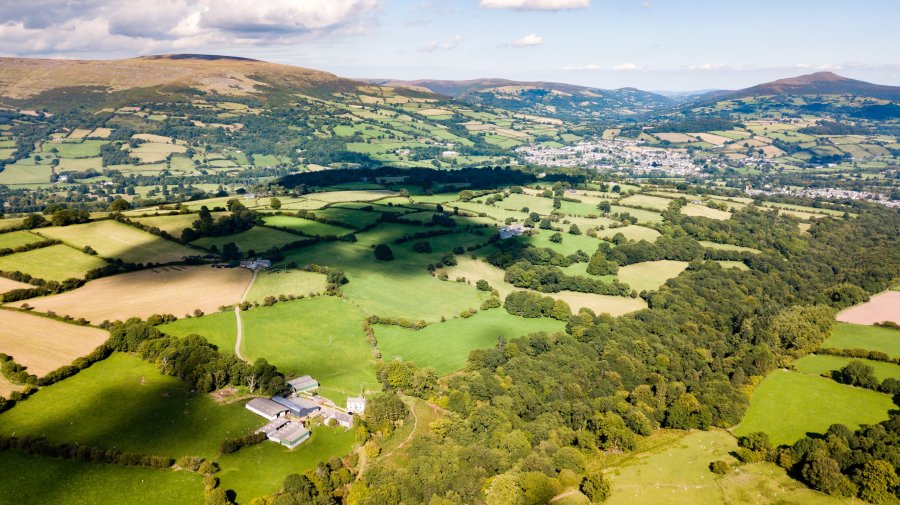
One of the UK's most prolific grass-breeding programmes will keep developing new varieties for the 2040s and beyond following a renewed agreement.
Barenbrug UK and Northern Ireland’s Agri-Food and Biosciences Institute (AFBI) have agreed to continue their partnership well into the future.
Both organisations are responsible for the development and commercialisation of 46 grass varieties on the Recommended List.
The AFBI-Barenbrug grass genetics partnership has delivered a cumulative increase in grass yields of 0.5% per annum over the 30 years since its inception in 1991.
Dr Gillian Young, AFBI’s grass breeder, said the partnership had formed a crucial part of AFBI's successful breeding programme for a number of decades.
“We have been able to integrate our work at the very earliest stages of breeding new grass varieties, with global advances in grass breeding through access to genetic resources and germplasms, especially from the southern hemisphere.
“The partnership has also enabled us to bring new varieties to market quickly and effectively and retain our leading position year after year on a number of Recommended Lists across the UK.”
Dr Young said that with increasing evidence of a measurable change in UK climate, grass-breeders face a significant challenge to develop varieties that can thrive in what are expected to be very different conditions.
“We’ve seen dramatic changes over the last 20 years," she noted, "There’s every chance the extreme temperatures and drought we saw in 2022 will become a more regular occurrence.
“It’s the job of the breeder to understand this and react: the varieties we develop now will be those arriving on farms in the 2040s.
"What happens in the lab and the glasshouse today is the silage and grazing on the farms of tomorrow."
Dr Young and other researchers are already working on varieties with traits such as improved nitrogen utilisation and root structures, with the former reducing the need for fertiliser, while maintaining overall productivity.
Reduced fertiliser use can not only decrease costs for the farmer, but also reduce emissions of nitrous oxide, a potent greenhouse gas.
“Improved root structure increases the ability of soils to sequester carbon and creates a more resilient sward in dry conditions," Dr Young said.
"The grass breeding programme has also improved grass digestibility, a factor which is known to reduce ruminant methane emissions. These improved grass varieties expand the tool box for farmers trying to reduce their carbon footprint.
“Indeed, grass varieties could become part of a carbon credit system,” she predicts, “which means we’re going to need to quantify how much carbon they can capture.”
But it’s resilience to stress – particularly drought – that she believes will be the most important trait to seek out.
“Whether it’s carbon capture, nutrient efficiency, or drought resistance, the answer’s going to be in the roots – their length, diameter, mass, and so on," Dr Young said.
"But we’ll have to introduce these without losing sight of the all-important above-ground traits – those to which we’re accustomed."
